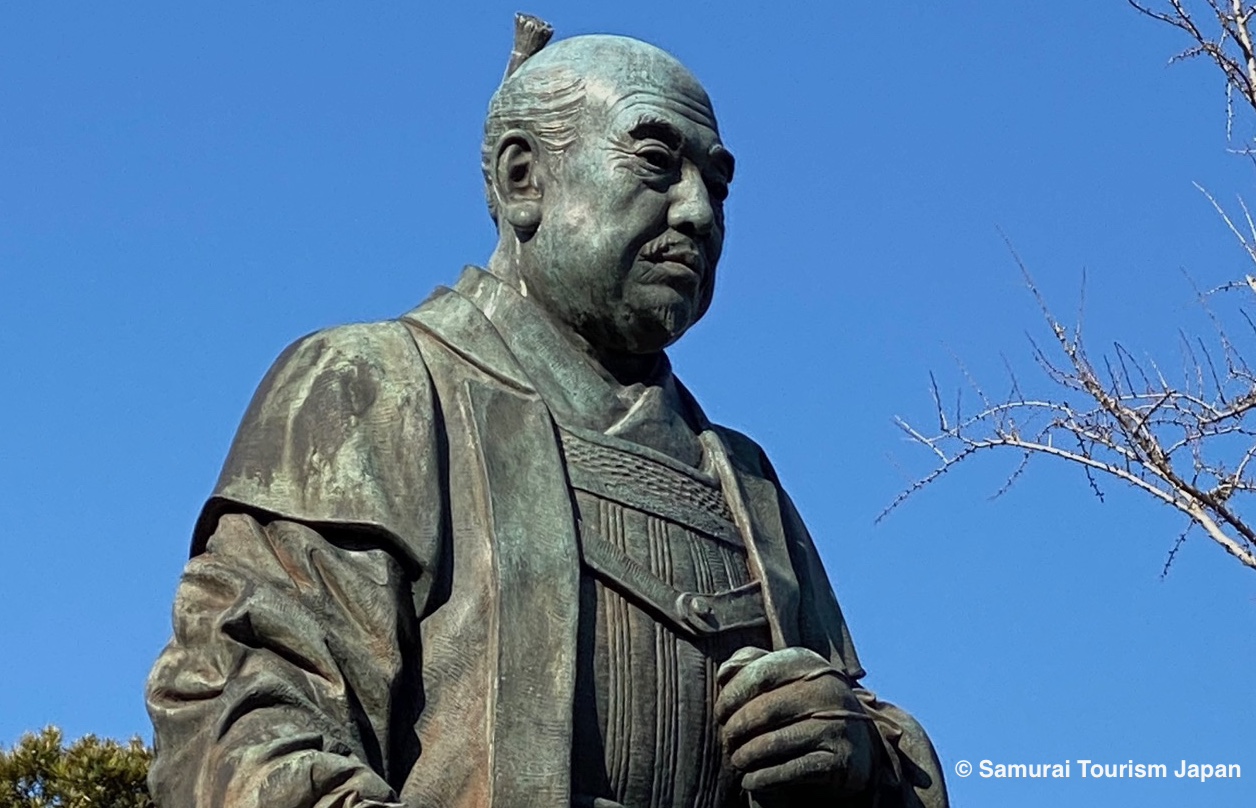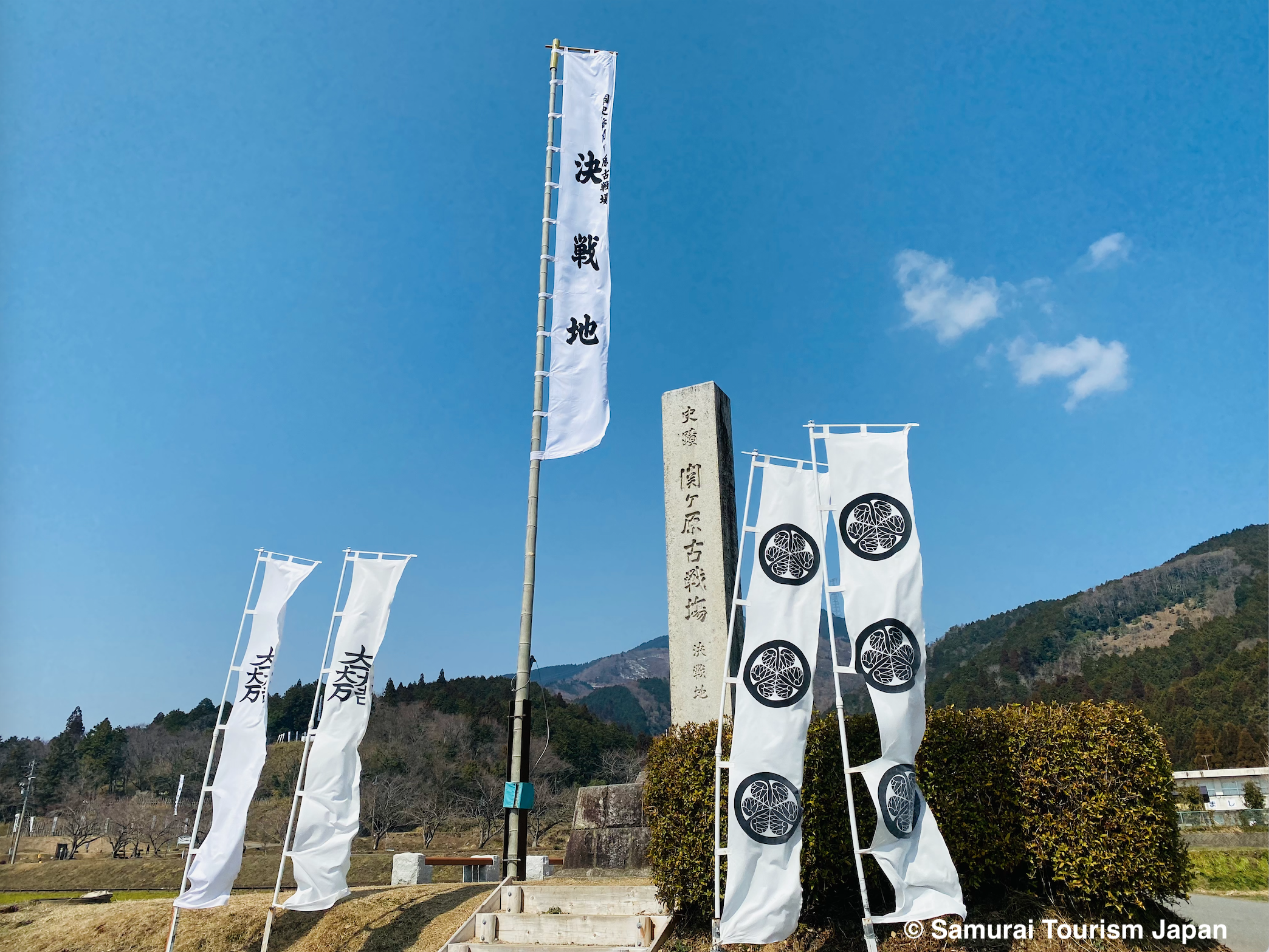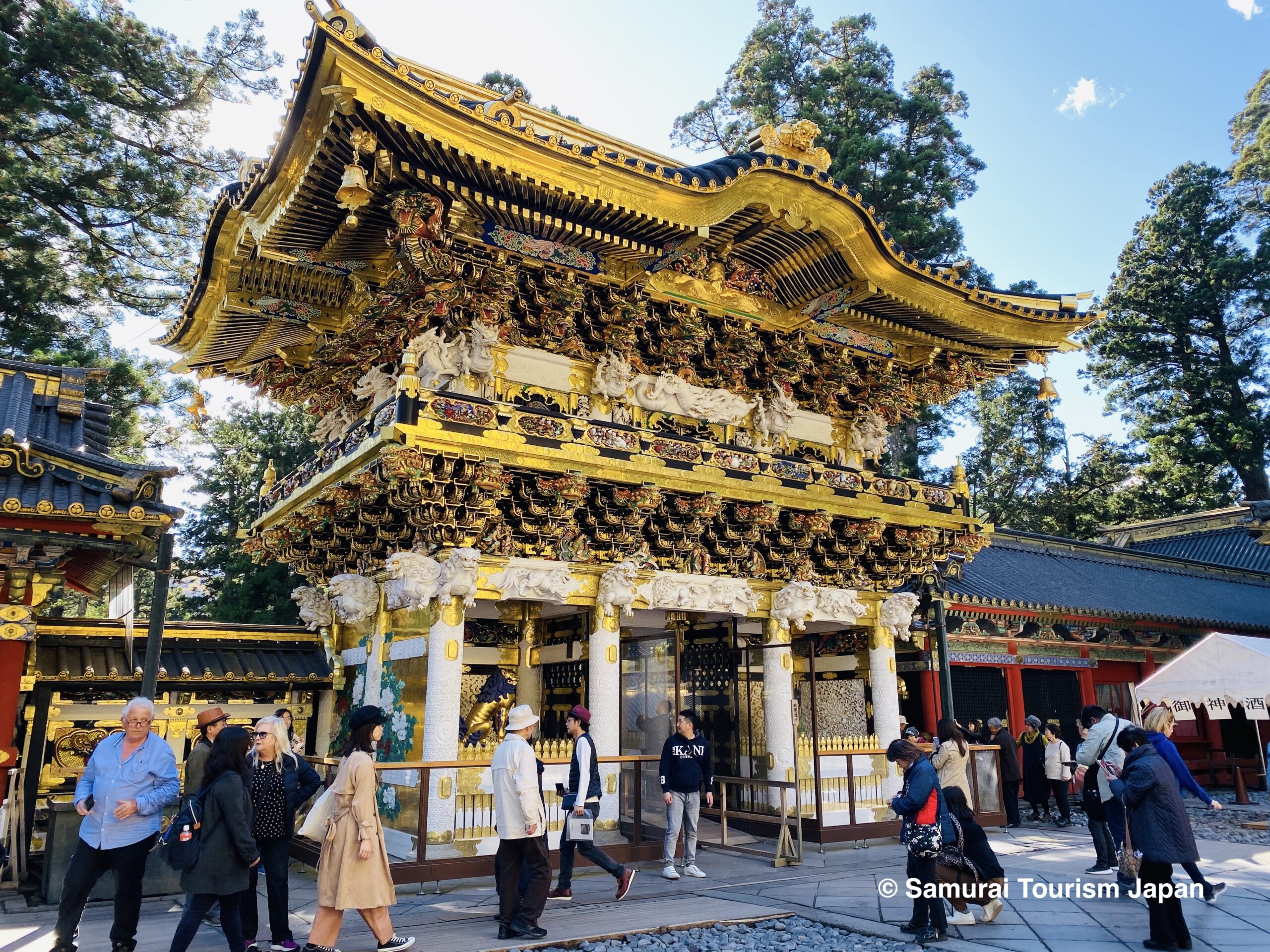Stories
Tokugawa Ieyasu : The Architect of the Edo Period

Tokugawa Ieyasu, The SHOGUN!
Tokugawa Ieyasu, the first of the Tokugawa shogunate, stands as one of the most pivotal figures in Japanese history. Born in 1543, Ieyasu’s life and leadership were instrumental in ending the Sengoku period of warring states and ushering in over 260 years of peace and stability during the Edo period. For those fascinated by samurai history and culture, Ieyasu’s ability to blend military prowess with shrewd political strategy and visionary leadership makes him a towering figure in Japanese and world history.
Early Life and Struggles
Tokugawa Ieyasu was born Matsudaira Takechiyo in Okazaki, Mikawa Province. His early years were marked by turmoil. At the age of six, he was sent as a hostage to the Imagawa clan, a powerful neighboring clan, to secure an alliance, but a wayward vassal redirected the entourage to the rival Oda clan instead. Ieyasu remained a hostage of the Oda for three years before a hostage swap between the Oda and Imagawa was made, and Ieyasu became an Imagawa hostage for the next ten years. This period of captivity profoundly influenced Ieyasu, teaching him the value of patience, observation, and strategic thinking.
When the Imagawa clan suffered defeat at the hands of Oda Nobunaga in the 1560 Battle of Okehazama, Ieyasu seized the opportunity to assert his independence, aligning himself with Nobunaga. This alliance was crucial in Ieyasu’s rise, providing him with the military support and strategic alliances needed to expand his influence.
Ieyasu’s Path to Power
Ieyasu’s ascent was characterized by careful strategy and an acute understanding of the shifting political landscape. After Nobunaga’s assassination in 1582, Ieyasu skillfully navigated the ensuing power vacuum. Aligning himself with Nobunaga’s successor, Toyotomi Hideyoshi. Ieyasu maintained his autonomy while continuing to build his power base. The turning point in Ieyasu’s quest for dominance came with Hideyoshi’s death in 1598. The Toyotomi clan’s control weakened, leading to a struggle for power among the daimyo. Ieyasu, leveraging his extensive network of alliances and his reputation as a shrewd and reliable leader, split the nation into two factions, the Western forces, being the daimyo of the western regions remaining loyal to the Toyotomi, and the Eastern forces, supporters of Tokugawa Ieyasu. This culminated in the largest field battle in samurai history, the Battle of Sekigahara in 1600, where Ieyasu decisively defeated his rivals, effectively bringing the warring states period to an end and establishing himself as the preeminent power in Japan.

The Tokugawa Shogunate
In 1603, the victorious Tokugawa Ieyasu was formally appointed shogun by the emperor, marking the beginning of the Tokugawa shogunate. His governance was characterized by a series of strategic policies designed to consolidate power, maintain stability, and ensure the longevity of his family’s rule. However, Ieyasu was aware of the potential for war to flare up once again. Peace could not be maintained while the Osaka based Toyotomi clan remained, and while many western provincial daimyo remained loyal to the Toyotomi. For that reason, the Tokugawa launched two attacks on Osaka Castle, the Winter Siege of 1614, and the Summer siege of 1615, completely destroying the Toyotomi and cementing Tokugawa control. Under Tokugawa rule, Japan entered a period of relative peace and stability which saw significant cultural and economic development.
By redistributing land among the daimyo, Ieyasu ensured that no single daimyo could amass enough power to challenge the shogunate. He also granted strategically important territories to loyal vassals, increasing control over key regions. Ieyasu reinforced the rigid hierarchical social structure, helping to maintain order and stability throughout the country. Ieyasu also encouraged learning, and the spread of literacy and education during this period laid the foundations for modern Japanese society. The shogunate patronized Noh theater, tea ceremonies, and various forms of arts and literature which became iconic representations of Japanese culture.
Legacy and Death
Tokugawa Ieyasu died aged 73 in 1616, but his legacy endured long after his death. His establishment of the Tokugawa shogunate brought over 260 years of stability and peace to Japan. The political, economic, and social structures he implemented allowed Japan to flourish internally, even as the country remained relatively isolated from the rest of the world. Ieyasu was buried in the Kunozan Toshogu in Shizuoka, and it is believed his spirit was enshrined in the magnificent Nikko Toshogu in Tochigi Prefecture.

Tokugawa Ieyasu’s life and legacy offer a rich tapestry of lessons in leadership, strategy, and governance. Ieyasu embodies the ideals of patience, resilience, and the ability to see beyond immediate gains to achieve enduring stability. His story is not only a pivotal chapter in the history of Japan but also an enduring example of how strategic foresight and strong governance can transform a nation.
Ieyasu’s Selected Battles
1560 Siege of Terabe
1560 Siege of Marune
1564 Battle of Batogahara
1569 Totomi Campaign
1570 Battle of Anegawa
1573 Battle of Mikatagahara
1575 Battle of Nagashino
1561 Suruga Campaign
1580-81 Siege of Takatenjin
1582 Battle of Tenmokuzan
1560 Tensho-Jingo war
1584 Battle of Komaki Nagakute
1590 Siege of Odawara
1600 Battle of Sekigahara
1614 Winter Siege of Osaka
1615 Summer Siege of Osaka
Ieyasu Related Castles
Okazaki Castle
Hamamatsu Castle
Sunpu Castle
Edo Castle
Fushimi Castle
Nagoya Castle
Nijo Castle


